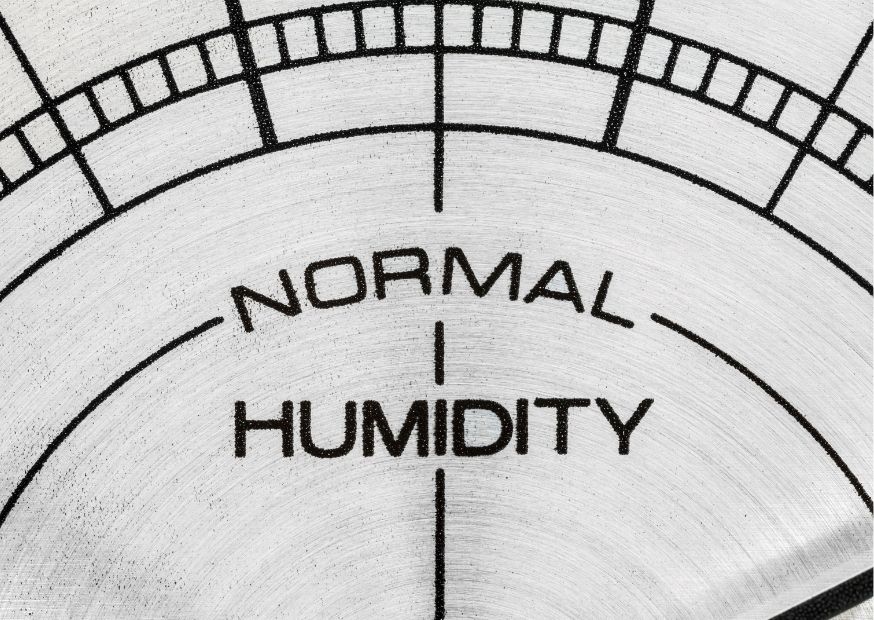What is the wet bulb temperature?
The wet bulb temperature is the lowest temperature obtainable from the evaporation of water in the air at constant pressure. This parameter allows us to understand the cooling effect of water evaporation, therefore the temperature and relative humidity conditions in a given area.
Usually calculating the wet bulb of a given area is necessary to reliably identify the weather forecast. It is the only value that allows us to understand whether precipitation will occur in the form of water or snow. For this reason, weather stations need to know the wet bulb temperature of each area. There are various sites that allow you to calculate the wet bulb, in these cases it is enough to know the temperature in degrees centigrade and the relative humidity.
Why is the wet bulb so important for cooling towers?
It is a precise reference that tells us the outlet temperature that the cooling tower can reach.
It provides a precise reference regarding the output temperature that the cooling tower can reach. The instrument capable of measuring the humidity of the air is called a psychrometer and detects the difference in temperature between a dry thermometer and a wet thermometer
The greater efficiency of evaporative towers is linked to the fact that, with evaporative cooling, it is possible to reduce the outlet water temperature down to approximately the wet bulb temperature, which is lower than the dry bulb temperature. The wet bulb temperature, in fact, is the lowest temperature that can be obtained by evaporation of water in the air, at constant pressure.
How is the wet bulb temperature calculated ?
The term ‘wet bulb temperature’ itself derives from the way in which the value is calculated by wrapping a mercury thermometer, with a moist fabric that is subsequently hit by a continuous flow of air. According to the laws of physics, during the evaporation process of any liquid there is a decrease in the temperature which is recorded by the thermometer itself (being an endoergonic process, therefore a reaction that requires energy to proceed). There is also a mathematical formula that allows you to calculate the temperature of the bulb, necessary information is:
- Dry bulb
- Relative humidity
- Pressure
The formula is:
tb = ta * (0.45 + 0.006 * ur * sqr (p / 1060))
where is it
tb = wet bulb temperature
ta = dry bulb temperature
ur = relative humidity indicated as a percentage
p = pressure measured in hPa
Contact us for more information







